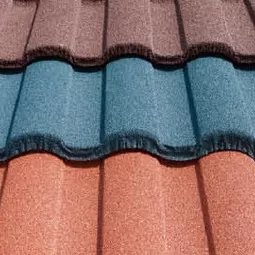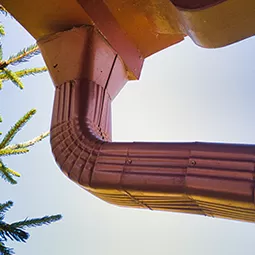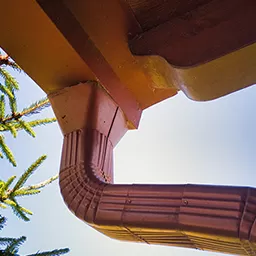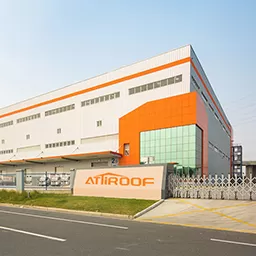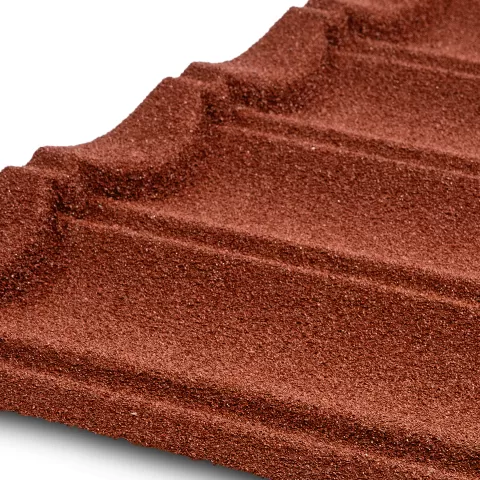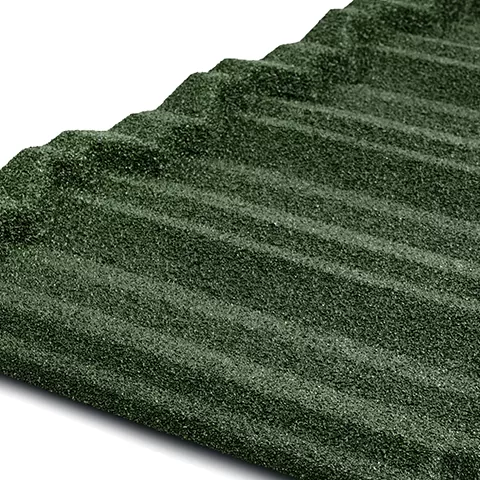When considering a new roof, the array of available options can be overwhelming. At Attiroof, we understand the importance of making an informed decision. That's why we're breaking down the differences between our innovative self-cleaning shingles and traditional roofing materials. This comparison aims to highlight the unique benefits and considerations of each, helping you choose the best roofing solution for your home or business.
Durability and Lifespan
● Self-Cleaning Shingles: Engineered for longevity, our self-cleaning shingles are made from advanced materials that resist wear and tear from environmental factors. Their ability to remain clean enhances durability, extending their lifespan beyond traditional options—often up to 30-50 years.
● Traditional Roofing Materials: Typically, materials like asphalt shingles have a lifespan of 15-30 years. They are susceptible to damage from moss, algae, and debris, which can significantly shorten their effective life if not regularly maintained.
Maintenance and Upkeep
● Self-Cleaning Shingles: The hallmark of self-cleaning shingles is their low maintenance. The innovative coating activates with sunlight to break down and wash away organic growths and dirt, meaning less work and expense for the homeowner.
● Traditional Roofing Materials: Regular cleaning, moss removal, and replacement of damaged shingles are common with traditional materials. This ongoing maintenance can add up in terms of both time and money.
Energy Efficiency
● Self-Cleaning Shingles: By reflecting more sunlight and staying cleaner, self-cleaning shingles maintain higher energy efficiency, keeping buildings cooler and reducing air conditioning costs.
● Traditional Roofing Materials: Without the reflective and self-cleaning properties, traditional materials can absorb more heat and contribute to higher indoor temperatures, leading to increased energy use for cooling.
Environmental Impact
● Self-Cleaning Shingles: Our shingles are designed with the environment in mind. The materials used are often recyclable, and the energy efficiency of the shingles contributes to a lower carbon footprint.
● Traditional Roofing Materials: The production and disposal of traditional roofing materials can have a significant environmental impact. Additionally, the need for chemical cleaning agents to maintain the roof can further contribute to environmental harm.
Cost
● Self-Cleaning Shingles: While the initial investment in self-cleaning shingles may be higher, the long-term savings on maintenance, repairs, and energy bills can make them a more cost-effective option over the lifespan of the roof.
● Traditional Roofing Materials: The lower initial cost can be appealing, but when factoring in the expenses associated with maintenance, energy inefficiency, and a shorter lifespan, traditional materials may end up being more costly in the long run.
Aesthetic Appeal
● Self-Cleaning Shingles: Available in a variety of styles and colors, self-cleaning shingles can enhance the curb appeal of any property. Their ability to stay clean ensures that your home or business looks great year-round.
● Traditional Roofing Materials: While there is a wide range of options, the appearance of traditional materials can degrade over time due to staining, moss, and algae growth.
In conclusion, while traditional roofing materials have served well over the years, the advanced technology of self-cleaning shingles offers a compelling array of benefits. From enhanced durability and lower maintenance to improved energy efficiency and aesthetic appeal, self-cleaning shingles represent a forward-thinking choice for homeowners and businesses alike. At Attiroof, we're committed to providing roofing solutions that meet the needs of today while paving the way for a more sustainable, efficient, and beautiful future.




